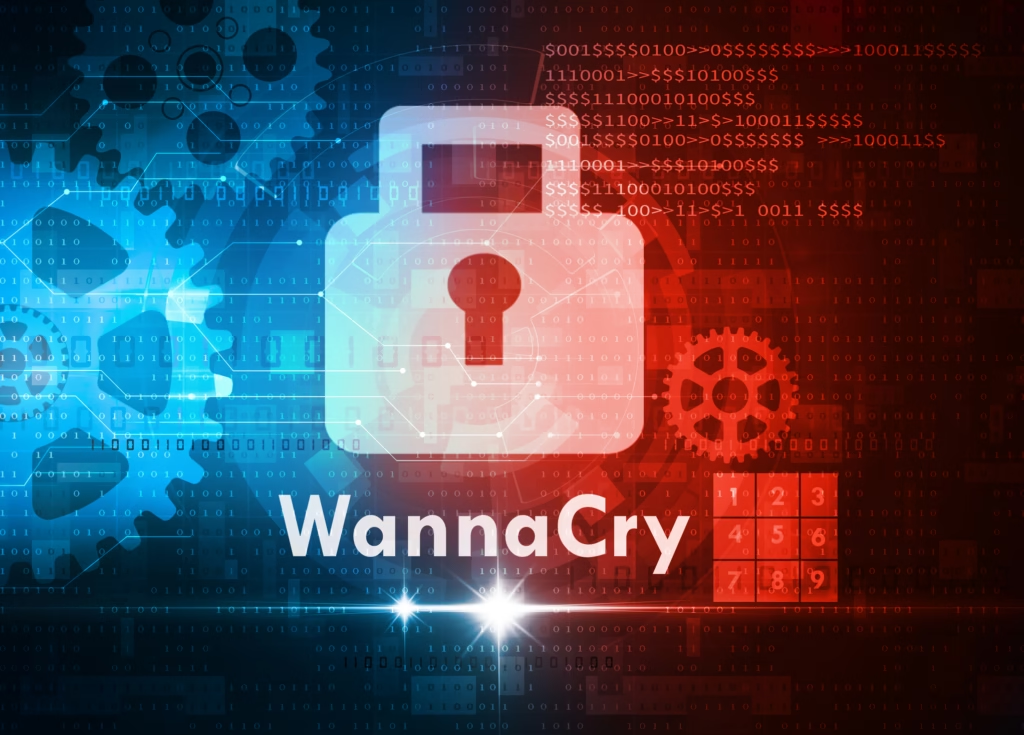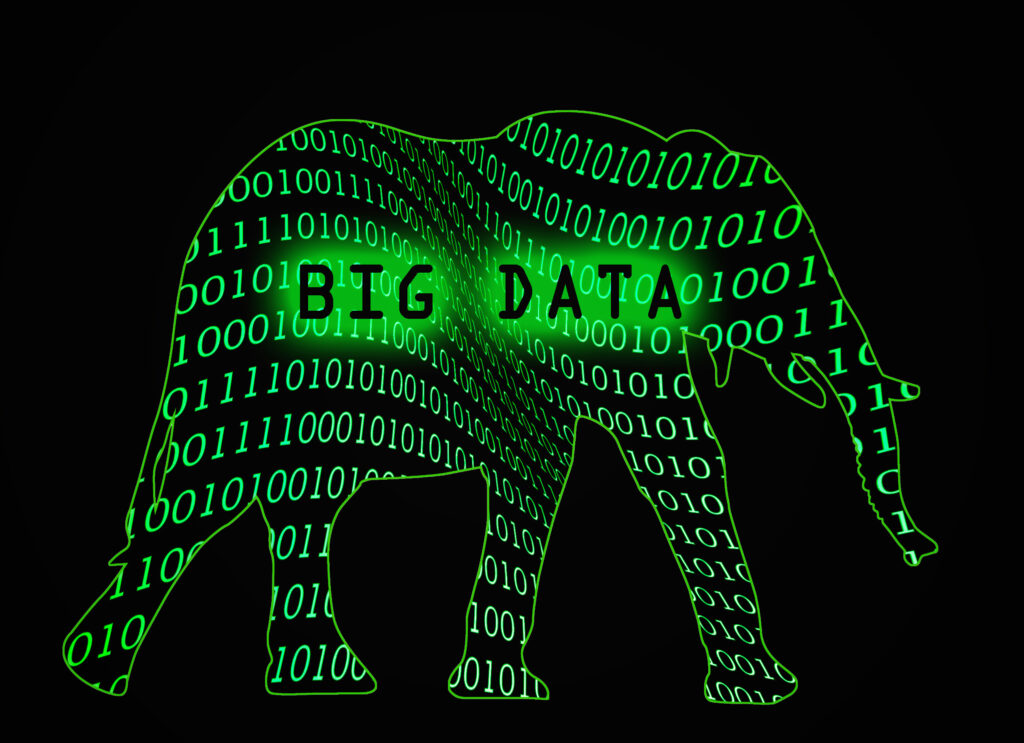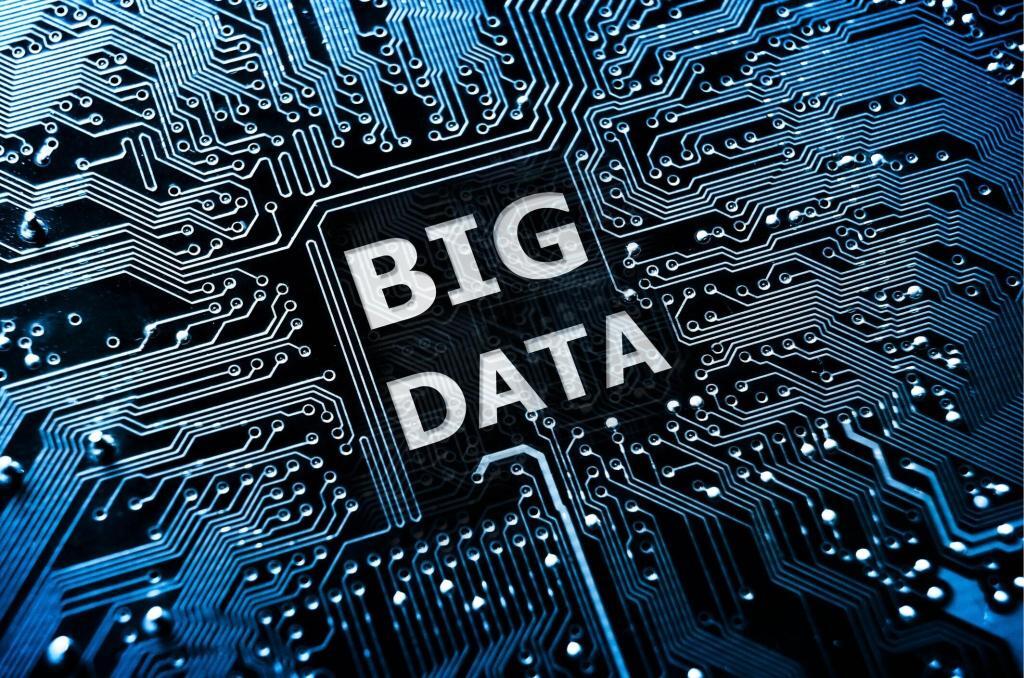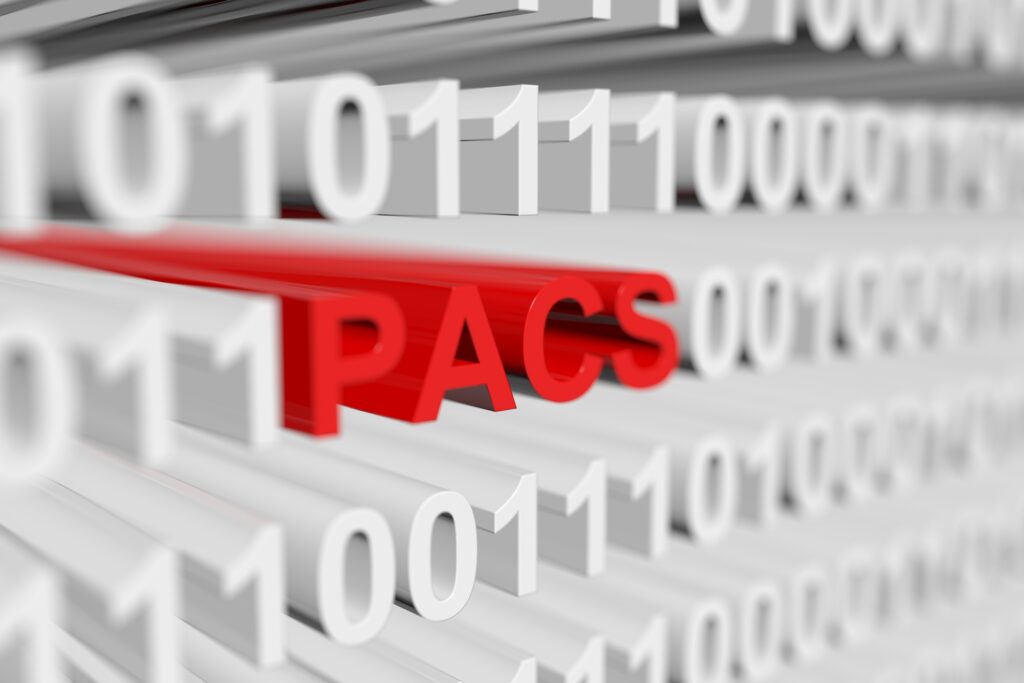Patient data security in remote monitoring is paramount, necessitating encryption, updates, and adherence to healthcare regulations to prevent breaches and ensure privacy.
Key Cyber Security Risks
Originally, systems for monitoring patients were based primarily within the confines of medical institutions, where conditions and variables could be easily controlled. Remote Patient Monitoring, or RPM, marks a departure from this norm by allowing monitoring devices to be used directly within a patient’s home.
This innovative approach often incorporates the services of external platform providers who harness the power of videoconferencing, the cloud, and internet technologies alongside RPM devices. With the expansion of these advanced healthcare solutions, the significance of safeguarding infrastructure becomes paramount to protect patients’ data privacy, ensure its accuracy, and guarantee availability whenever needed.
Tackling Unauthorized Access Challenges
A prominent issue within the area of cybersecurity is the unlawful entry of unauthorized individuals into systems containing confidential patient details. This can occur when security measures fail to shield data effectively, creating opportunities for cyber attackers to manipulate weaknesses for their benefit or harm.
Preventing Data Interception Hazards
Similarly, there is a significant threat posed by cyber felons who manipulate data in transit between a patient’s device and a medical provider’s network. Such interceptions happen when an unapproved party infiltrates the ongoing data exchange, jeopardizing data confidentiality.
Ensuring Compliance with Health Privacy Norms
Failures in cybersecurity, especially concerning remote patient monitoring infrastructures, may result in breaches of stringent health privacy regulations such as those established by HIPAA in the United States. Violations occur when patient records are accessed or intercepted without authorization, leading to substantial fines and intense regulatory examination.
Addressing Software Vulnerability Disadvantages
Reliance on outdated or unsecured systems constitutes a further considerable danger with regards to telehealth-based remote patient care. Legacy software may have unresolved flaws, which pose a potential gateway for cybercriminals to carry out harmful operations. Neglecting regular updates or patches to telehealth monitoring applications weakens defenses, potentially exposing the entire healthcare network to security breaches.
Remote Monitoring Patient Security
1. Encryption
In the area of connected healthcare devices, also known as the Internet of Medical Things (IoMT), it’s critical to use strong encryption methods to protect sensitive health data each step of the way — when it’s sent and when it’s stored. You can use VeePN to ensure data protection at the forwarding stage. VeePN has 256-bit encryption, which is almost impossible to decrypt.
2. Regular Updates
Ensuring that all software is constantly updated is crucial for the security of remote patient monitoring systems. Software that isn’t up to date tends to have security gaps which cybercriminals are known to take advantage of, allowing them unauthorized entry.
Health IT professionals must make regular software updates or apply patches to the telehealth monitoring systems a top priority. This process is vital for sealing off vulnerabilities and safeguarding the system against any possible security threats. A commitment to keeping software current is a core aspect of preserving the integrity and dependability of medical systems.
3. Adhering to Healthcare Regulations and Standards
Adhering to crucial healthcare privacy standards, like the Health Insurance Portability and Accountability Act (HIPAA), is essential and indisputable. Such mandates serve as a protective barrier for patient information, maintaining the confidentiality of vital health details.
4. Data Privacy and Confidentiality
Ensuring the security of patient information within remote patient monitoring systems is of the utmost importance. These platforms collect intimate health-related data such as medical backgrounds, current health indicators, and proposed medical treatments.
To prevent these outcomes, robust security protocols must be rigorously applied to protect both the transfer and storage of patient data in RPM settings. Another proven method of privacy monitoring requires you to visit the Chrome extension store and install a VPN addon. This prevents your data from being intercepted and tracked.
5. Employee Training
Consistent and thorough training in cybersecurity is a foundational pillar in establishing a reliable security framework for any organization. The reality is that security breaches are frequently a result of simple human mistakes, which highlights the fact that empowering employees with knowledge on security best practices is critical in minimizing vulnerabilities.
Such training programs need to encompass a range of key areas such as identifying and avoiding phishing scams, maintaining safe online practices, and managing confidential information responsibly. When IT professionals, especially those in healthcare, embed cybersecurity training into the ongoing development of their staff, they foster an organizational ethos of awareness and readiness to counteract security threats.
6. Periodic Security Audits
Conducting systematic security evaluations and pinpointing potential risks is a vital part of strengthening remote patient monitoring (RPM) systems. By promptly detecting and correcting potential weaknesses, we bolster RPM defenses against cyberattacks.
7. Incident Response Plan
When security issues arise in remote patient monitoring systems, having a clear and effective incident response strategy is crucial. Such a plan provides a framework for reducing harm, restoring data, and quickly returning to normal service.
Final Words
With the ongoing digital revolution steadily taking root in the healthcare system, the protection and privacy of patient records have become paramount concerns. Inadequate security measures across telehealth monitoring services can jeopardize not only critical personal data but also erode trust in essential healthcare establishments.
Disclaimer
The information presented in this article is intended for general educational and informational purposes only and does not constitute professional advice, diagnosis, or recommendations. Open MedScience does not guarantee the accuracy, completeness, or timeliness of any information provided herein. While every effort has been made to ensure the content is current and accurate as of the date of publication, advancements in technology, regulatory changes, and evolving cybersecurity threats may affect its relevance over time.
Open MedScience is not responsible for any direct, indirect, incidental, or consequential damages arising from the use of, or reliance on, any content provided in this publication. Readers are advised to consult with qualified cybersecurity and healthcare compliance professionals before implementing any security measures or making decisions based on the information contained in this article.
Mention of third-party services, software, or tools (including but not limited to VeePN) does not constitute an endorsement or warranty of their effectiveness, reliability, or suitability for any specific purpose. Users are encouraged to conduct their own due diligence when selecting any security solution or vendor.
Use of remote patient monitoring technologies must comply with all applicable laws and healthcare regulations, including, where relevant, the Health Insurance Portability and Accountability Act (HIPAA) and General Data Protection Regulation (GDPR).
By accessing this article, you acknowledge that Open MedScience shall not be held liable for any outcomes resulting from the interpretation or application of the information provided.
You are here: home » diagnostic medical imaging blog »



